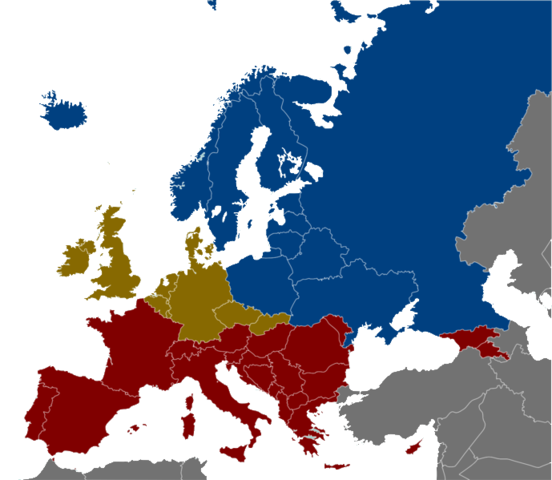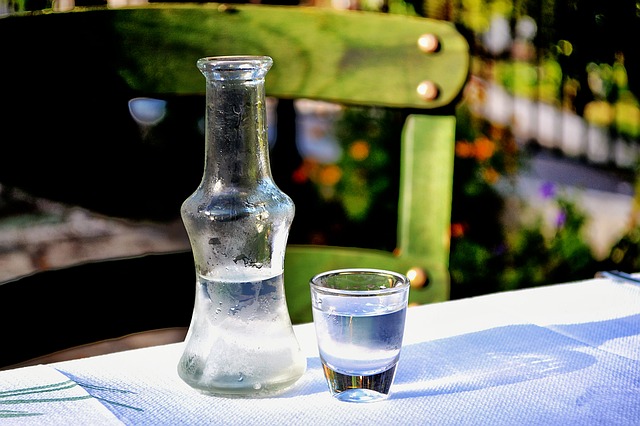
We explain why the Baltic Region is known as Europe’s ‘Vodka Belt’.
So, what is the Vodka Belt? Well, for starters, it’s not something that Eastern Europeans wear when they go to the pub. “Alcohol Belts” are actually an interesting way of dividing up Europe, and beyond. Though some may argue the exact locations, it’s relatively simple to divide Europe into a “wine belt”, a “beer belt”, and a “vodka belt”. The Baltic Run takes place entirely in the so-called Vodka Belt, though that’s not to say that no beer or wine will be consumed!
The Vodka Belt

Photo by Stefan Ertmann
In the photo above [we know the map is little squint, but it tells the story!], red represents wine, yellow means beer, and blue equals vodka. The countries are mostly uncontroversial, though visitors to the Balkans might consider that peninsula an additional “rakia belt”. The “vodka belt” starts with Poland, though its terrific beer could qualify it for the beer belt: of course, it’s Poland, so vodka takes precedence. The Vodka Belt includes Scandinavia (except Denmark), and all of North-Eastern Europe. Note that wine is king in South-Eastern Europe, include all the way across the Black Sea in Georgia, as participants in the Caucasian Challenge know! But importantly for us on the Baltic Run, our destinations — Poland, Lithuania, Latvia and Estonia — are very much vodka territory.
Why is Vodka so popular in the Vodka Belt?

Photo by Karola Riegler
Basically, in the Vodka Belt, it’s too cold for grapes to grow. But the locals wouldn’t have it any other way. Most commonly produced from grain or potatoes, vodka is a big part of local culture, and it’s usually strong, around 40% or more; in the European Union it’s actually forbidden to call something vodka if it’s less than 37.5%. In recent years, in some countries in the vodka belt (like Sweden and Poland) beer has become more popular than vodka, partly as a result of campaigns to fight vodka addiction. And in Lithuania, said to be the first country to produce grain vodka, the national drink is actually their traditional favourite Mead, supposedly the world’s oldest alcohol drink. However, even where alternatives are popular, vodka usually plays an important societal role.
How is vodka usually served?

Across the vodka belt, and more important across society, vodka is appreciated in different ways. For many centuries, vodka was the drink of the peasantry, while the aristocracy imported fancy wines from Western Europe. This wasn’t the case 100% of the time though: quality vodkas like Polish Żubrówka were popular among the nobility. In some cultures, particularly Russia, vodka played (and plays) and essential role in social customs. Vodka is often drunk at formal occasions and business meetings. The most important thing is to remember is that vodka is usually served straight, without dilution. Adding a mixer like Coca Cola will earn you the disdain and contempt of many in the Vodka Belt!
What are the best vodkas?

Across the Baltic states we encounter a wide variety of delicious vodkas. In Poland the most famous varieties include Balsam Pomorski, Chopin, and Żubrówka, which is herb-flavoured. Latvia is home to Stolichnaya, which was a very popular brand in the USSR: for this reason it is often mistakenly thought to be Russian. The best known vodkas in Lithuania are produced by Stumbras, in Kaunaus: their exceptionally strong and pure variaties have worn awards worldwide. Finally, in Estonia, where vodka is often drunk medicinally, there are several well-known vodka brands, including Viru Valge and Saaremaa Vodka.

